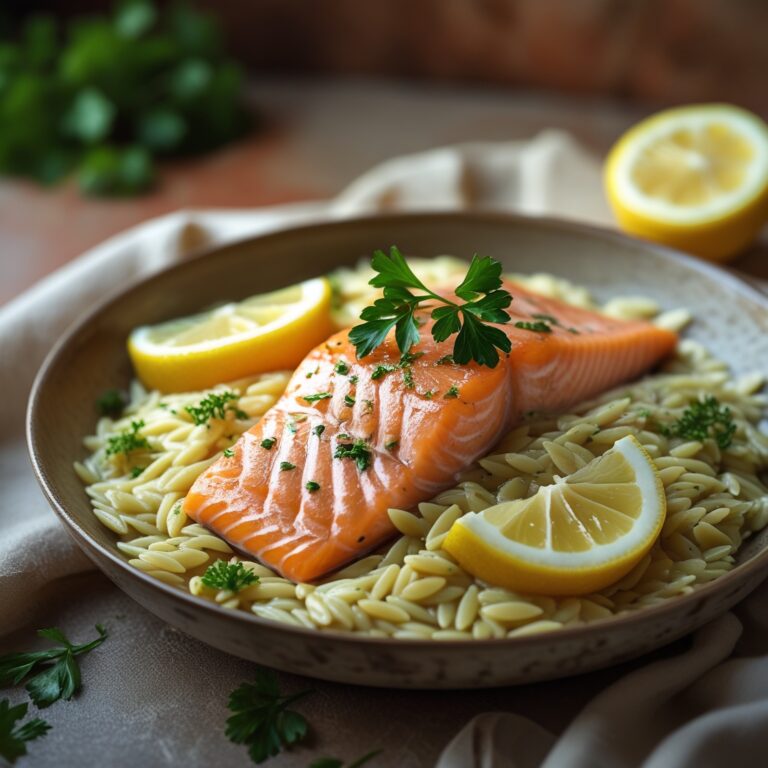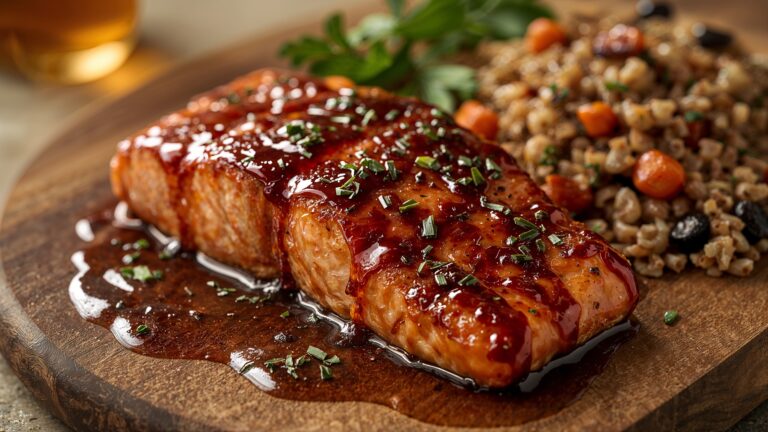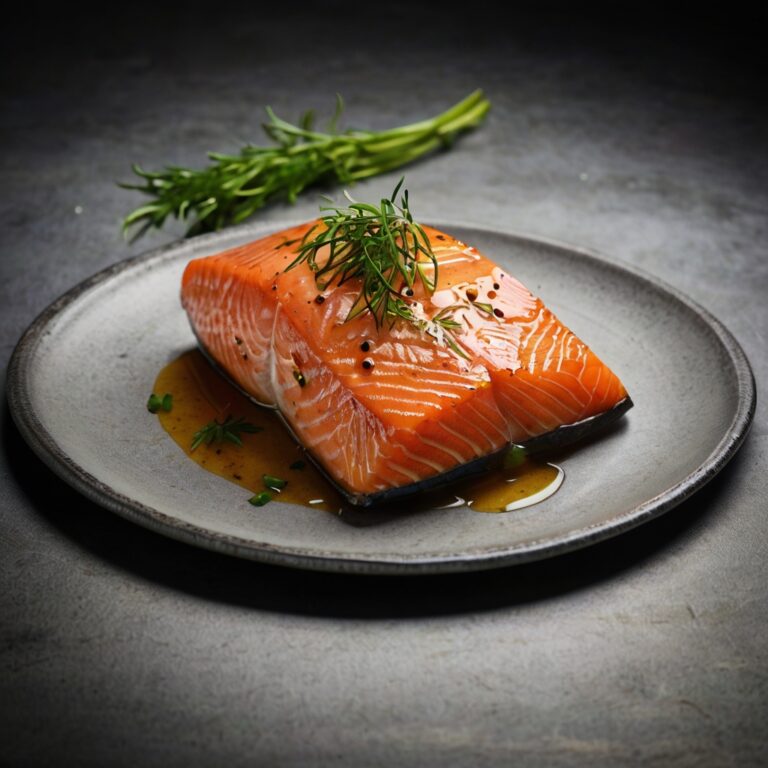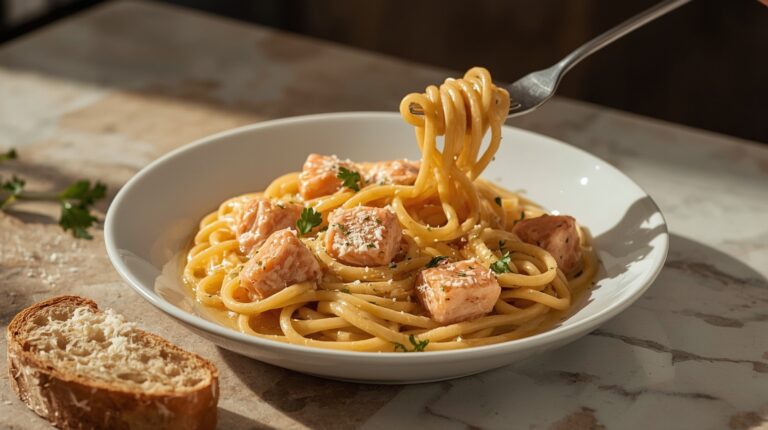Cold Smoked Salmon: The Ultimate Guide for Beginners
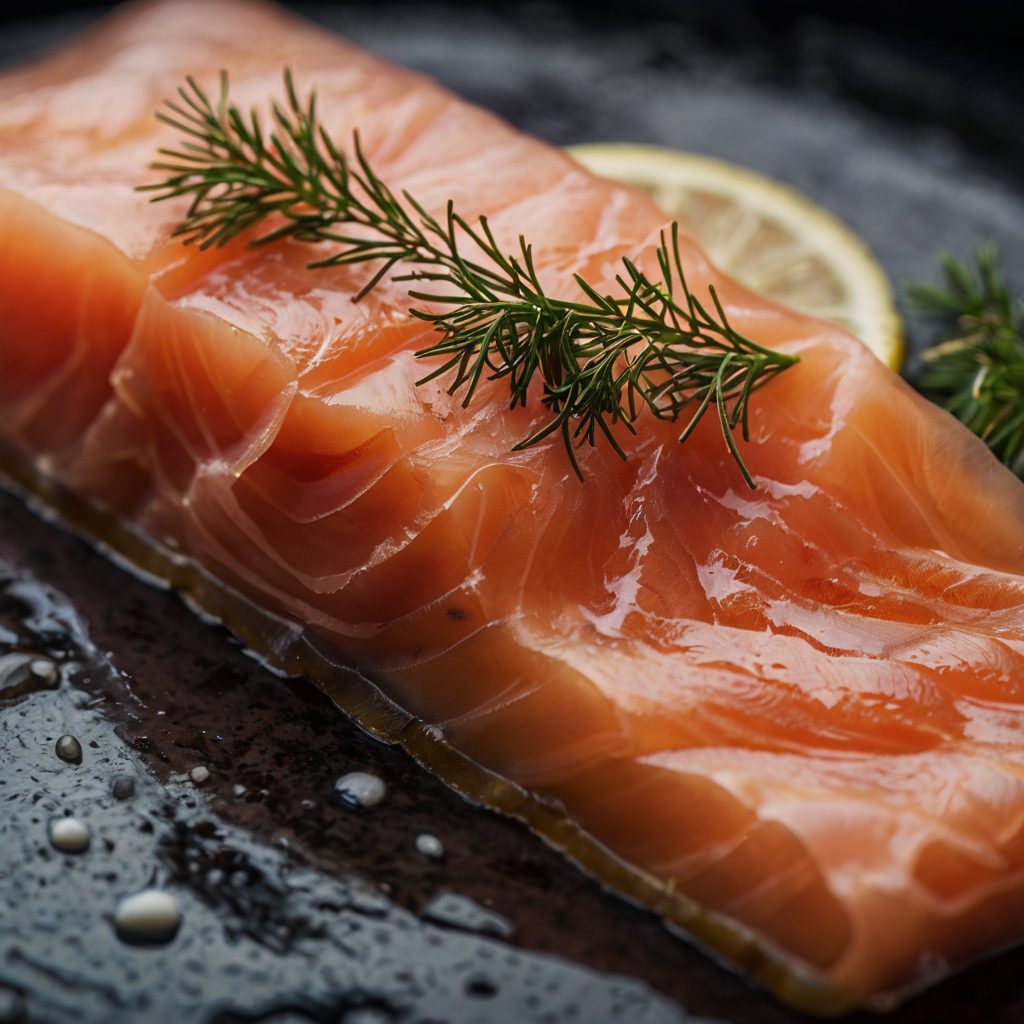
How to make Smoked salmon
Imagine enjoying a delicate, flavorful piece of smoked salmon, made by you. It may take patience, but the result is worth it. You’ll have the best salmon you’ve ever tasted.
Cold Smoked Salmon is a favorite around the world for its smooth texture and deep flavors. Starting out in cold smoking can seem tough, but with the right help, you’ll soon make delicious Cold Smoked Salmon.
Table of Contents
What is Cold Smoked Salmon?
Cold smoked salmon is different from hot-smoked salmon. It keeps the salmon’s flavor and texture soft. Cold smoking adds a smoky taste without cooking the fish.
The Difference Between Cold and Hot Smoking
Cold and hot smoking differ in temperature. Hot smoking cooks the salmon at 120°F to 180°F. Cold smoking, at 68°F to 86°F, keeps the fish raw. This keeps the salmon’s natural taste and texture.
Why Cold Smoking Creates a Unique Flavor
Cold smoking gives salmon a special taste. The low temperature and wood used create a deep flavor. This slow process makes the salmon’s taste complex and rich.
| Smoking Method | Temperature Range | Resulting Texture and Flavor |
|---|---|---|
| Cold Smoking | 68°F – 86°F | Raw, velvety texture, rich, smoky flavor |
| Hot Smoking | 120°F – 180°F | Cooked, flaky texture, smoky flavor |
Knowing the difference between cold and hot smoked salmon is key. It’s great for both chefs and beginners. Making smoked salmon is a fun and rewarding skill.
Essential Equipment for Making Cold Smoked Salmon
Cold smoking salmon needs specific tools, but you don’t need a smoker to get great results. It’s about knowing the basic tools needed and how to use what you have.
Traditional Smoking Equipment
Traditional cold smoking tools include a smoker made for cold smoking. These keep the temperature low, perfect for smoking salmon without cooking it. If you’re serious, getting a dedicated cold smoker is a smart choice.
How to Smoke Salmon Without a Smoker
You can make delicious cold smoked salmon without a smoker. Use a smoke generator or smoke gun to add flavor. Place the salmon in a tent or sealed container with the smoke generator. Or, make a DIY setup with a grill or large container, using ice to keep it cool and smoke to flavor it.
DIY Smoking Solutions for Beginners
DIY solutions are great for beginners. You can make a simple cold smoker from a large drum or wooden box. Use a small metal pan with wood chips or sawdust to make smoke. Then, direct the smoke into your DIY smoker.
| Equipment | Description | Cost Estimate |
|---|---|---|
| Dedicated Cold Smoker | Specifically designed for cold smoking, maintains low temperatures. | $100-$500 |
| Smoke Generator/Smoke Gun | Generates smoke for flavor, can be used with DIY setups. | $50-$200 |
| DIY Smoker Materials | Large drum or wooden box, pan for smoke generation. | $20-$100 |

Understanding the tools and methods for cold smoking salmon lets you experiment. Whether you buy a dedicated smoker or make your own, success comes from the right temperature and smoke flavor.
Selecting and Preparing Your Salmon
Choosing the right salmon fillet is key for cold smoked salmon. The type of salmon affects the flavor and texture of your dish.
Choosing the Right Fish
You can pick between farm-raised or wild-caught salmon. Both can make great cold smoked salmon, but they taste different. Farm-raised salmon is fattier, making it taste richer. Wild-caught salmon has a stronger taste from its varied diet.
Freshness is very important. Look for salmon that’s bright in color and firm. It’s also important to buy from a trusted supplier to ensure it’s handled right.
Essential Ingredients for the Cure
The curing process is vital for preparing your salmon. You’ll need salt, sugar, and flavorings like dill or black pepper. Salt pulls out moisture, and sugar balances the taste.
| Ingredient | Purpose | Example |
|---|---|---|
| Salt | Draws out moisture, preserves | Kosher salt |
| Sugar | Balances flavor | Brown sugar |
| Flavorings | Adds taste | Dill, black pepper |
Preparing the Salmon
Before curing, make sure your salmon is clean and scaled. Dry the fillet with paper towels to remove moisture. Then, spread the cure mixture evenly over the fillet, covering all surfaces.
As Smoking Salmon: A Guide advises, “Leave the cure on the salmon for a few hours or overnight. This lets the flavors soak in and the curing process work.”

After curing, your salmon is ready for the next steps in cold smoking. Proper preparation at this stage is key for that perfect flavor in your cold smoked salmon.
Step-by-Step Cold Smoking Process
Cold smoking salmon is a detailed process that starts with a cure. To make tasty cold smoked salmon, follow a precise method. This ensures both safety and flavor.
The Curing Stage
The first step is curing the salmon. You apply a salt-sugar cure to the fillets. This adds flavor and preserves the fish by removing moisture.
To cure your salmon, mix salt, sugar, and flavorings. Then, apply this cure evenly to the fillets. Let them cure in the fridge for several hours or overnight.
Forming the Pellicle
After curing, rinse the salmon under cold water. Then, dry it to form a pellicle. The pellicle is a tacky surface that helps the smoke stick to the fish, improving flavor.
To form a good pellicle, pat the salmon dry with paper towels. Let it air dry in the fridge for a few hours. This step is key for a rich, smoky flavor.

The Smoking Technique
Once the pellicle is formed, it’s time to smoke the salmon. Cold smoking needs a temperature below 90°F (32°C) to prevent cooking. You can use a cold smoker or make a DIY setup.
The smoking process takes several hours. During this time, the salmon absorbs the smoke flavor. Use the right wood, like alder or apple, to enhance the salmon’s taste.
Monitoring Temperature and Time
It’s important to monitor temperature and time during smoking. Keep the temperature low to smoke the salmon, not cook it. The time needed depends on the salmon’s thickness and the desired smoke flavor.
Generally, smoking takes 12 to 24 hours. Check on the salmon and the smoker’s temperature often. This ensures a consistent process.
| Step | Description | Time |
|---|---|---|
| Curing | Apply salt-sugar cure to salmon | Several hours or overnight |
| Forming Pellicle | Rinse and dry salmon | A few hours |
| Smoking | Smoke salmon at low temperature | 12 to 24 hours |
By following these steps and paying close attention, you can make delicious cold smoked salmon at home. The key is patience and careful monitoring for the best results.
Delicious Cold Smoked Salmon Recipes
Cold smoked salmon is great for many dishes, from breakfast to dinner. Its smoky taste makes any meal better. It’s a great addition to your cooking.
Classic Serving Suggestions
Start with a classic: cold smoked salmon on a toasted bagel with cream cheese. Add capers, red onion, or chives for extra taste.
- Bagels with cream cheese and capers
- Smoked salmon canapés with crème fraîche
- Salmon salad with mixed greens and a light vinaigrette
Breakfast and Brunch Ideas
Make your breakfast or brunch fancy with cold smoked salmon. Add it to an omelette or scrambled eggs. Or, top a bed of mixed greens with it.
- Smoked salmon and cream cheese omelette
- Avocado toast with smoked salmon and poached eggs
- Smoked salmon and caper breakfast burrito
Appetizers and Main Courses
Cold smoked salmon is perfect for appetizers and main dishes. Make salmon pâté or a salmon salad. It’s also great in a salmon tartare with toasted bread.
- Smoked salmon pâté with crackers
- Grilled asparagus with smoked salmon and hollandaise sauce
- Smoked salmon and quinoa salad bowl
Try new recipes and ways to present your dishes. Whether you make it at home or buy it, have fun and be creative.

Mastering Your Cold Smoked Salmon Journey
You’ve now reached the end of this guide to Cold Smoked Salmon. You’re ready to start your cold smoking journey. Remember, practice and patience are key to mastering Cold Smoked Salmon.
Cold Smoked Salmon is a delicacy that needs attention to detail and creativity. As you try different flavors and recipes, you’ll find your unique style. The world of Cold Smoked Salmon is vast, with endless techniques and ingredients to explore.
To improve your Cold Smoked Salmon, focus on perfecting your curing and smoking. Try out various ingredients and recipes to see what works best for you. With time and practice, you’ll become a master of Cold Smoked Salmon. Your dishes will impress everyone.
FAQ
What is the difference between cold smoked salmon and hot smoked salmon?
Cold smoked salmon is smoked at a lower temperature. This keeps the fish’s flavor and texture delicate. Hot smoked salmon, on the other hand, is smoked at a higher temperature. This makes it cooked and flaky.
Can I make cold smoked salmon without a smoker?
Yes, you can make cold smoked salmon without a smoker. You can use a charcoal or gas grill with a smoke generator. Or even a DIY setup with a cardboard box and wood chips.
What type of salmon is best for cold smoking?
Fresh, high-quality salmon with a high fat content is best. King or Sockeye salmon works well. The fatty acids keep the fish moist and flavorful.
How long does it take to cure salmon for cold smoking?
The curing time varies based on the recipe and fish thickness. It can take a few hours to a few days. Always follow a trusted recipe and check the fish’s condition to avoid over-curing.
What is the pellicle, and why is it important in cold smoking?
The pellicle is a sticky layer on the salmon’s surface during curing. It helps the smoke stick to the fish, giving a stronger flavor. Drying the salmon properly before smoking is key to forming a good pellicle.
How do I store cold smoked salmon to maintain its quality?
Wrap the salmon tightly in plastic wrap or aluminum foil and refrigerate it below 38°F. You can also freeze it for longer storage. Always check for spoilage before eating.
Can I use cold smoked salmon in cooked dishes?
Cold smoked salmon can be used in cooked dishes like pasta sauces or soups. But cooking it can change its texture and flavor.
How can I incorporate cold smoked salmon into my breakfast or brunch recipes?
Cold smoked salmon is great on bagels with cream cheese or in scrambled eggs. You can also use it in salads, quiches, or as a topping for toast or crackers.

